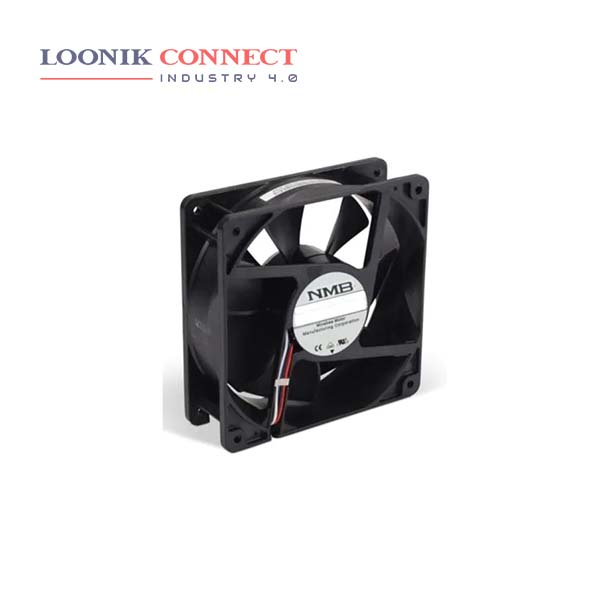Axial fans are named for the direction of the airflow they create. Blades rotating around an axis draw air in parallel to that axis and force air out in the same direction. Axial fans create airflow with a high flow rate, meaning they create a large volume of airflow. An axial fan is a type of fan that causes gas to flow through it in an axial direction, parallel to the shaft about which the blades rotate. An axial fan has a motor-driven rotating shaft (axis) on which are mounted skewed blades that pull air in and force it out in a direction parallel to the shaft. An axial fan is one in which the extracted air is forced to move parallel to the shaft about which the blades rotate. Centrifugal fans extract air at right angles to the intake of the fan, and spin the air outwards to the outlet by deflection and centrifugal force.
High efficiency: Although centrifugal fans consume more electricity, their creation of constant airflow is generally more energy-efficient than axial fans. Versatility: Centrifugal fans are capable of handling various airflow conditions and can be sized to accommodate a range of spaces. In general, an axial-flow fan is suitable for a larger flow rate with a relatively small pressure gain and a centrifugal fan for comparatively smaller flow rate and a large pressure rise. They are used to supply fresh air, to suck air from return air trenches, to suck air from rotary filters, to exhaust air out etc.
The property that distinguishes a centrifugal fan from a blower is the pressure ratio it can achieve. In general, a blower can produce a higher pressure ratio. The airflow created by centrifugal fans is directed through a system of ducts or tubes. This helps create a higher pressure airflow than axial fans. Despite a lower flow rate, centrifugal fans create a steadier flow of air than axial fans. Centrifugal fans also require a higher power input.








